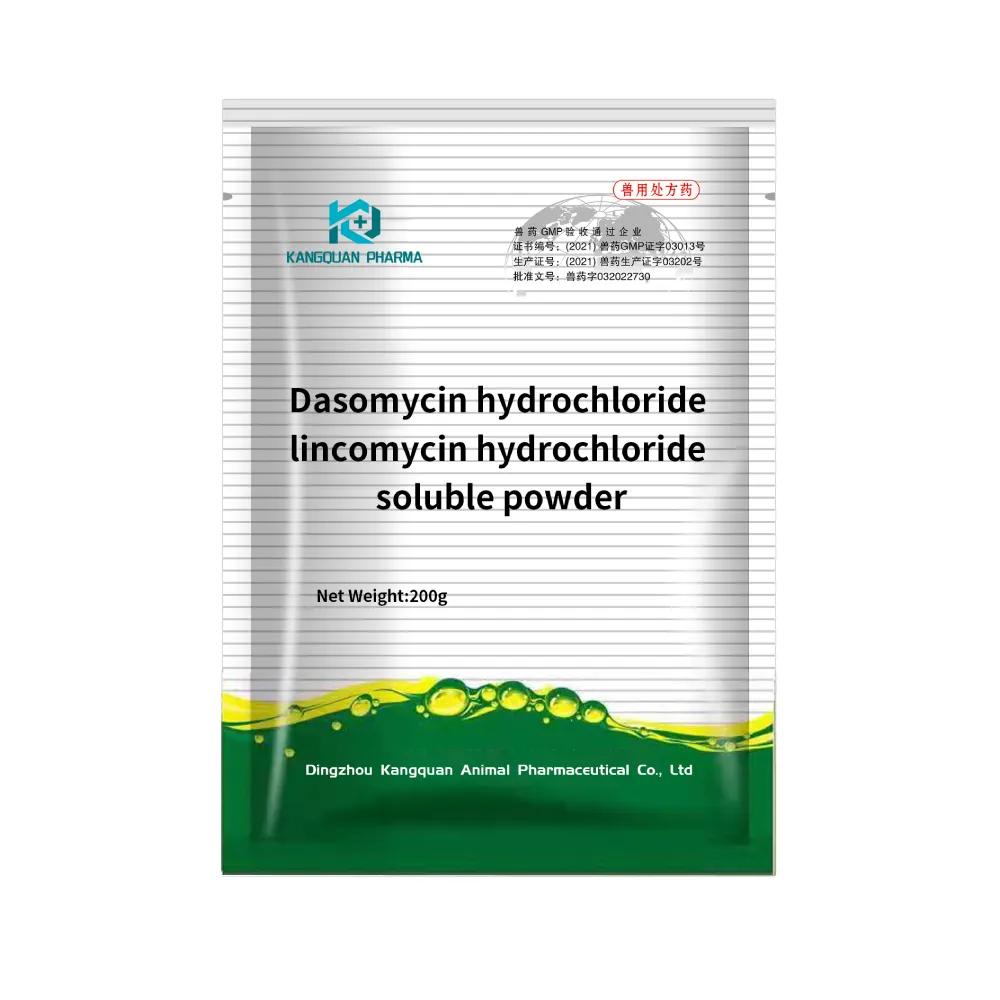- Afrikaans
- Albanian
- Amharic
- Arabic
- Armenian
- Azerbaijani
- Basque
- Belarusian
- Bengali
- Bosnian
- Bulgarian
- Catalan
- Cebuano
- Corsican
- Croatian
- Czech
- Danish
- Dutch
- English
- Esperanto
- Estonian
- Finnish
- French
- Frisian
- Galician
- Georgian
- German
- Greek
- Gujarati
- Haitian Creole
- hausa
- hawaiian
- Hebrew
- Hindi
- Miao
- Hungarian
- Icelandic
- igbo
- Indonesian
- irish
- Italian
- Japanese
- Javanese
- Kannada
- kazakh
- Khmer
- Rwandese
- Korean
- Kurdish
- Kyrgyz
- Lao
- Latin
- Latvian
- Lithuanian
- Luxembourgish
- Macedonian
- Malgashi
- Malay
- Malayalam
- Maltese
- Maori
- Marathi
- Mongolian
- Myanmar
- Nepali
- Norwegian
- Norwegian
- Occitan
- Pashto
- Persian
- Polish
- Portuguese
- Punjabi
- Romanian
- Russian
- Samoan
- Scottish Gaelic
- Serbian
- Sesotho
- Shona
- Sindhi
- Sinhala
- Slovak
- Slovenian
- Somali
- Spanish
- Sundanese
- Swahili
- Swedish
- Tagalog
- Tajik
- Tamil
- Tatar
- Telugu
- Thai
- Turkish
- Turkmen
- Ukrainian
- Urdu
- Uighur
- Uzbek
- Vietnamese
- Welsh
- Bantu
- Yiddish
- Yoruba
- Zulu
Dec . 01, 2024 19:31 Back to list
veterinary enrofloxacin injection
Enrofloxacin Injection in Veterinary Medicine A Comprehensive Overview
Enrofloxacin is an antibiotic belonging to the fluoroquinolone class and is widely utilized in veterinary medicine for treating various bacterial infections in animals. Its efficacy against a broad spectrum of Gram-negative and some Gram-positive bacteria makes it a valuable tool for veterinarians. This article aims to provide a detailed overview of enrofloxacin injection, including its mechanism of action, indications, dosage, administration, side effects, and considerations for use in different animal species.
Mechanism of Action
Enrofloxacin works by inhibiting bacterial DNA gyrase and topoisomerase IV, enzymes crucial for DNA replication, transcription, and repair. By disrupting these processes, enrofloxacin effectively halts bacterial growth and replication, leading to the eventual death of the bacteria. This broad-spectrum activity means that enrofloxacin is effective against many bacteria that cause infections in dogs, cats, cattle, and other animals.
Indications
Enrofloxacin injection is commonly indicated for treating various infections caused by susceptible microorganisms. These include
- Respiratory infections Often observed in both small and large animals, enrofloxacin can be used to combat pneumonia and bronchitis caused by bacteria. - Urinary tract infections Its strong penetration in urinary tissues makes it an effective choice for treating complicated urinary tract infections. - Soft tissue infections Enrofloxacin is used for skin and soft tissue infections resulting from bacterial invasion. - Gastrointestinal tract infections It can also be indicated in cases of severe gastrointestinal infections.
Due to its broad spectrum of activity, enrofloxacin is particularly valuable in considering empirical treatment before laboratory results confirm the specific bacterial strain involved.
Dosage and Administration
The dosage of enrofloxacin varies depending on the species being treated, the severity of the infection, and the veterinarian's discretion. Generally, it is administered as a single daily injection. For dogs and cats, the standard dosage ranges from 5 to 20 mg/kg body weight, while for cattle and other livestock, it may differ based on the condition being treated.
veterinary enrofloxacin injection

It is crucial to follow a veterinarian's recommendations regarding the specific dosage and duration of treatment to avoid the development of resistance and minimize side effects.
Side Effects
While enrofloxacin is generally well-tolerated, it may lead to some side effects. Commonly reported side effects include
- Gastrointestinal upset Animals may experience diarrhea or vomiting. - CNS effects In rare cases, neurological side effects such as seizures may occur, especially in animals with pre-existing conditions. - Cartilage toxicity In young, growing animals, enrofloxacin has been associated with potential cartilage damage, which raises concerns about its use in puppies or kittens.
Due to these potential adverse effects, enrofloxacin should be used cautiously, particularly in older animals or those with underlying health issues.
Considerations for Use
When considering enrofloxacin for treatment, veterinarians must assess the necessity versus the potential risks. Factors such as the severity of the infection, the susceptibility of the bacteria (ideally confirmed through culture), and the health status of the animal must guide decision-making. Furthermore, the emergence of antibiotic resistance is a significant concern in both veterinary and human medicine. Thus, veterinarians should reserve enrofloxacin for cases where it is truly needed and discourage its use for non-bacterial infections or as a growth promoter in livestock.
Conclusion
Enrofloxacin injection plays a vital role in combating bacterial infections in veterinary medicine. Its broad-spectrum activity and relative safety make it a go-to antibiotic for many veterinary practitioners. However, responsible use is paramount to mitigate potential side effects and prevent resistance development. Awareness of its indications, appropriate dosing, and vigilance regarding adverse effects are essential to ensure the safe and effective treatment of animals with enrofloxacin. As research continues, ongoing education for veterinarians about the latest guidelines and developments in antibiotic use will help ensure the most effective and ethical treatment practices in veterinary medicine.
-
Guide to Oxytetracycline Injection
NewsMar.27,2025
-
Guide to Colistin Sulphate
NewsMar.27,2025
-
Gentamicin Sulfate: Uses, Price, And Key Information
NewsMar.27,2025
-
Enrofloxacin Injection: Uses, Price, And Supplier Information
NewsMar.27,2025
-
Dexamethasone Sodium Phosphate Injection: Uses, Price, And Key Information
NewsMar.27,2025
-
Albendazole Tablet: Uses, Dosage, Cost, And Key Information
NewsMar.27,2025













